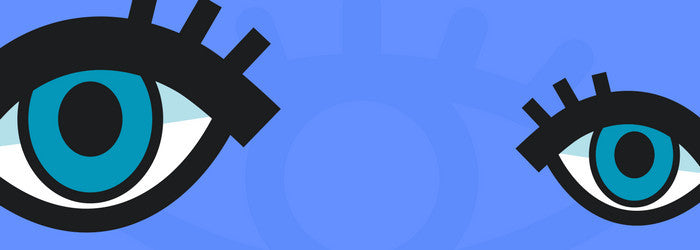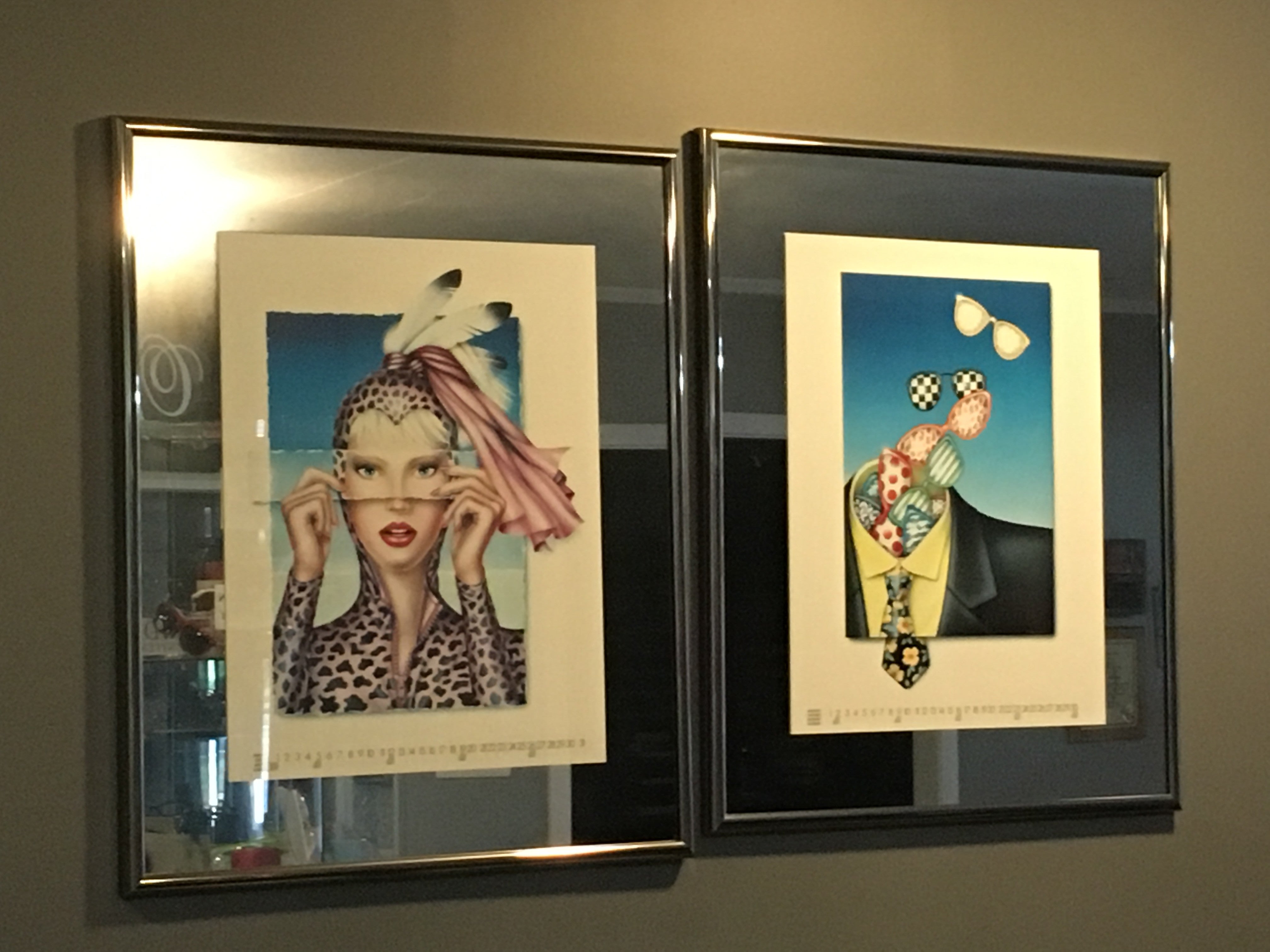Why we all need UV protection
UV radiation is harmful to eyes. Overexposure to UV can have short-term effects and long-term effects like acceleration of cataracts, and an increased risk of retinal damage. In addition, the skin of the lids – particularly the lower lids and the skin surrounding the orbits (eye-sockets) – need to be shielded from the Sun's harmful rays in order to decrease the change of cancerous growths in these areas.
UV is all around us
Most patients realize that direct UV radiation is dangerous, but are not aware that indirect or reflected UV radiation can also be hazardous. Hats do not protect from indirect UV radiation, which is reflected off the ground and low-level, angled surfaces such as walking ramps, stairs, and sidewalk signs. Another thing to keep in mind is how essential sunglasses are on partly cloudy days, because cloud cover scatters UV light and increases the level of UV radiation down on the Earth's surface.
So, exposure of your eyes to UV radiation can be greater on partly cloudy days than on a clear, sunny day – even thought it's brighter out on a clear day. High-quality UVA/UVB protection is essential to shield from direct and indirect UV radiation. Transition lenses are also an option of benefit for this protection.
UV is not just a sunny-day issue
And because UV radiation can reflect so easily, everyone should also use UV protection during the winter months as snow reflects light back up into our eyes. UV-blocking goggles are a must while out on the slopes to ensure protection agains the dangerous amounts of UV reflected off the snow. Boaters and beachgoers should also wear polarized (which blocks damaging glare) sunglasses because they too are at-risk. Climbers and trailseekers, beware: altitude also influences the intensity of UV radiation. When traveling to higher elevations, UV radiation is more dangerous whether or not there are snow-caps on the mountains.
Things to watch out for for children
As for children, every parent knows the importance of protecting their children's skin from the Sun, but what about their eyes? The eyes are protected by layers of skin that are specialized to protect the vessels and structures of the eye, but it is skin just the same. Because the long-term effects of Sun-damage are cumulative, the longer that people are left unprotected from the Sun's harmful rays over the course of their lifetime, the more likely they will suffer damage to their eyes.
Children's crystalline lenses in their eyes are usually clear as glass at birth, so UV light is able to pass right through. So, every time a parent remembers to smear sunscreen on their child's face before heading out the door, the parent should also remember to grab their child's UVA/UVB-blocking sunglasses.
Things to watch out for for contact lens wearers
Some patients may think they don't need to bother wearing sunglasses because their contact lenses block UVA/UVB. This is simply not true as contacts rarely provide the best protection, contacts can be dislodged from the front of the eye, and contacts do not tend to cover the entire area of the skin of the eyeball. Other areas of the eyes can be damaged by UV as well as the eyelid and brow areas as we tend to avoid UV sunblock in those areas.
(This article was adapted from 5 Patients Who Need UV Protection and Why by Cheryl G. Murphy, OD, featured in Review of Optometry, March 15th 2014)









